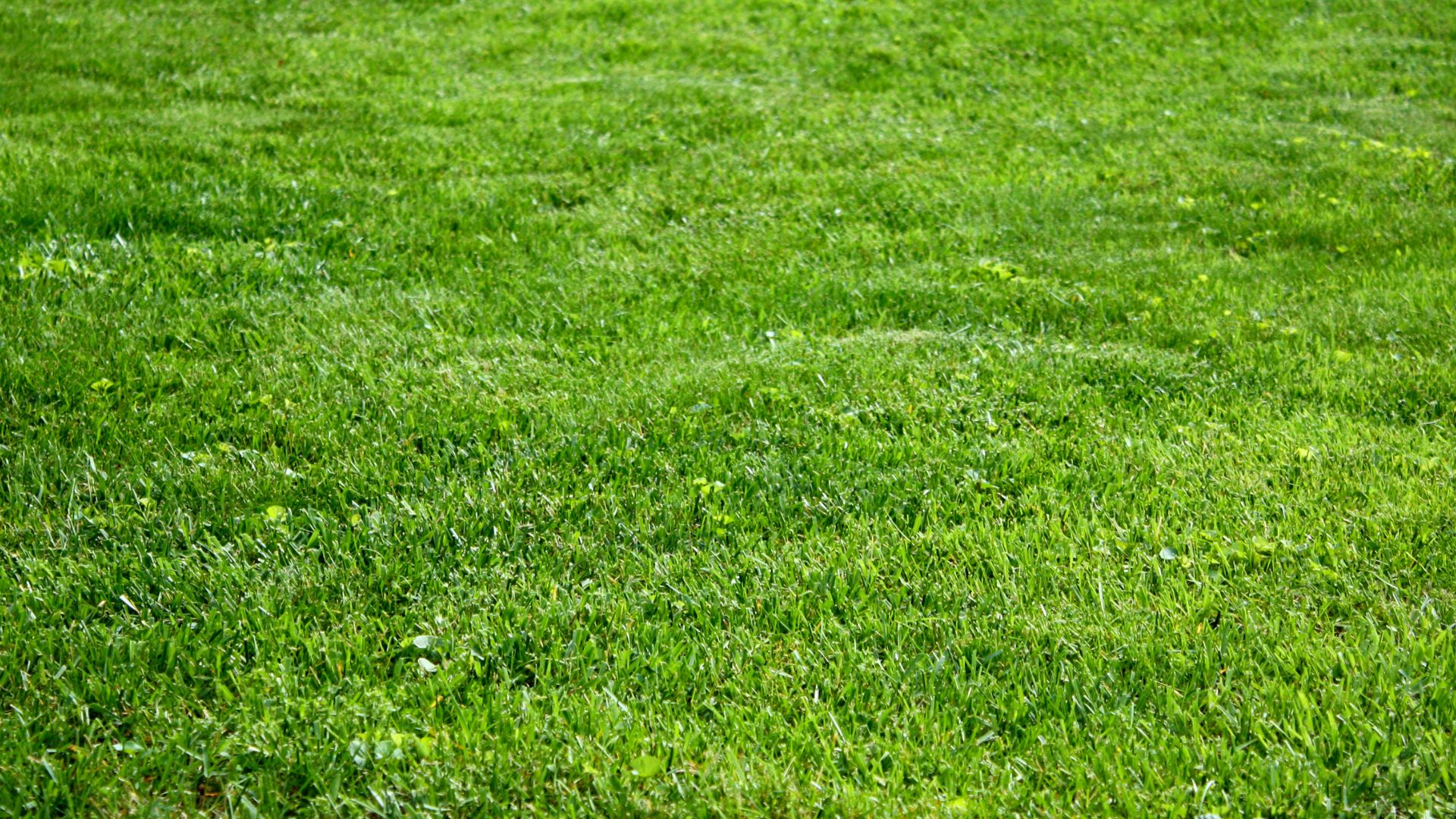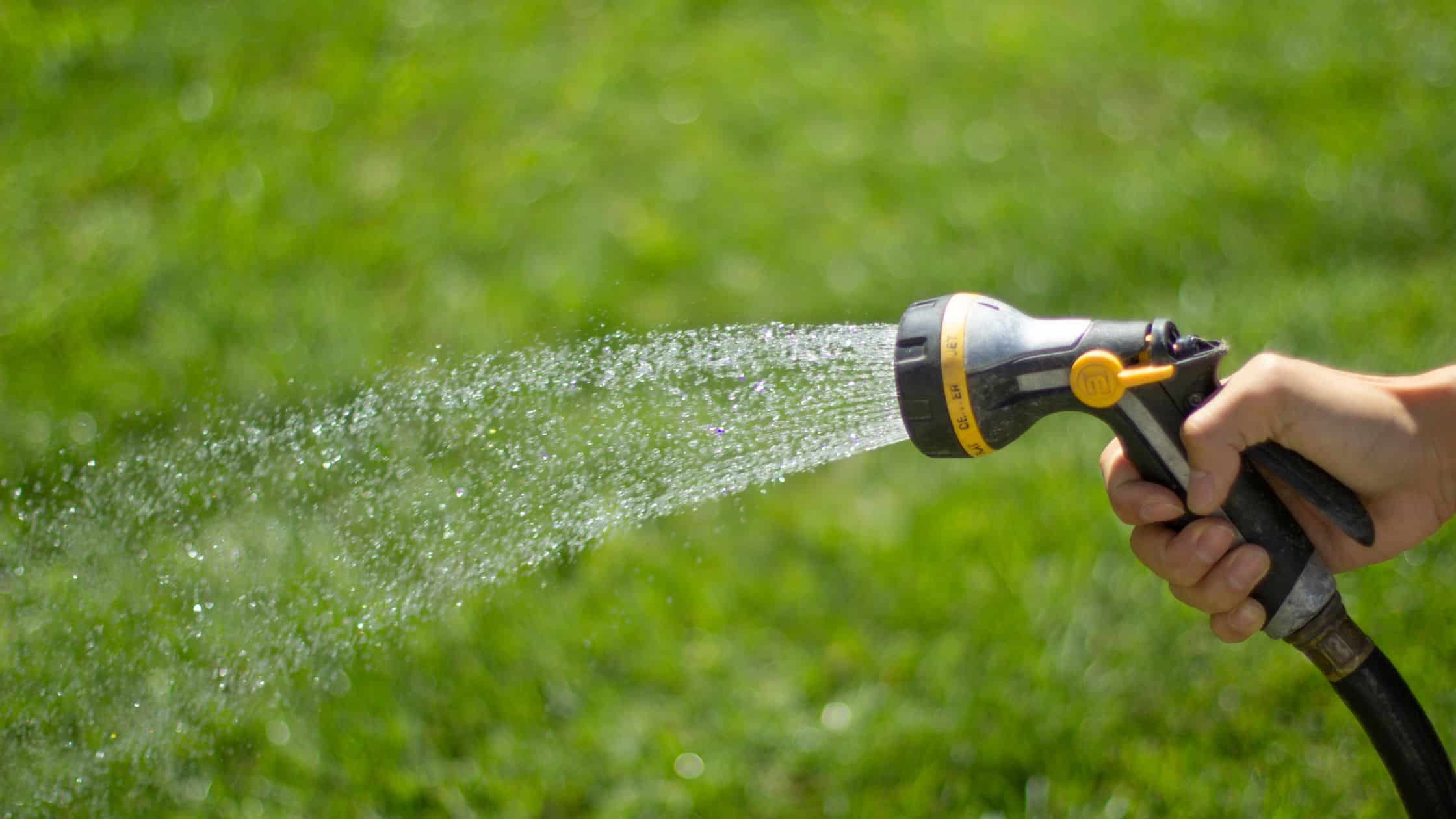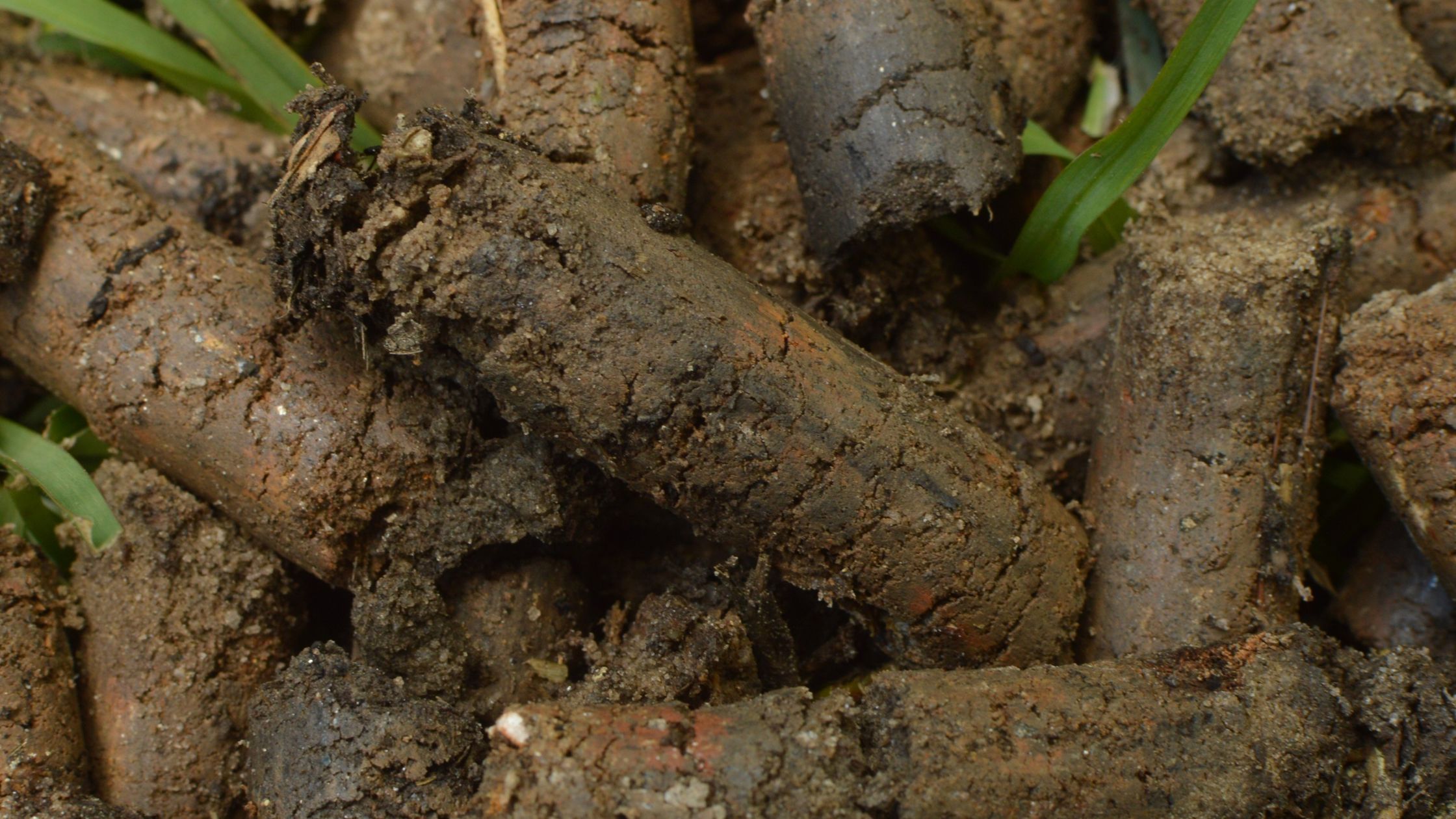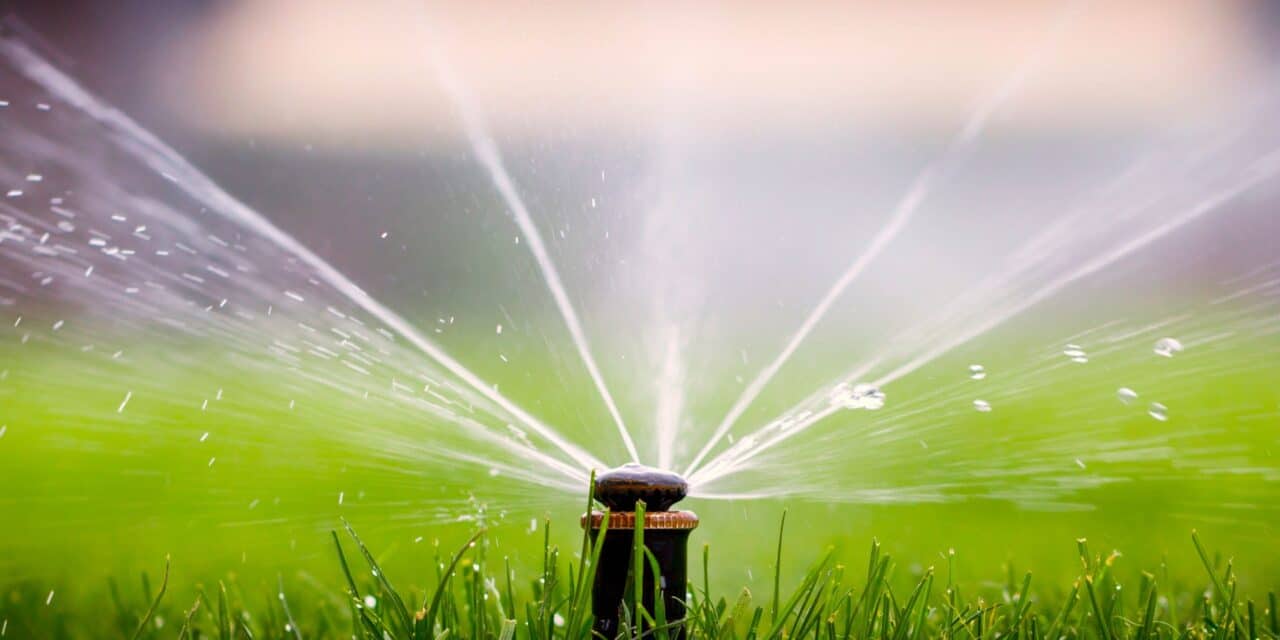What to Do With Fallen Leaves: Composting vs. Disposal
Every fall, Northeast Ohio homeowners fill endless brown bags with leaves, drag them to the curb, and pay taxes for the city to haul them away — only for those same leaves to get composted and sold back to nurseries in spring. Here’s the truth: you already own one of the best mulching systems around...





